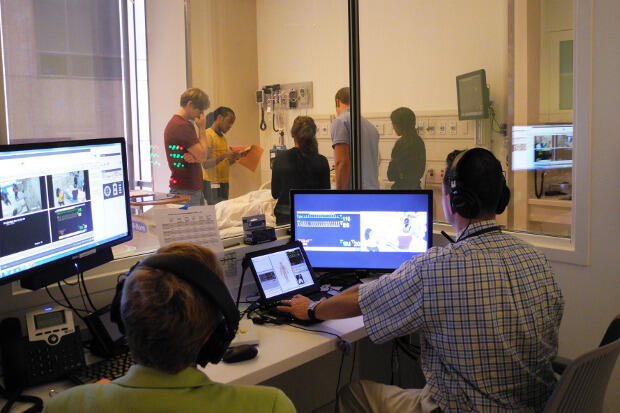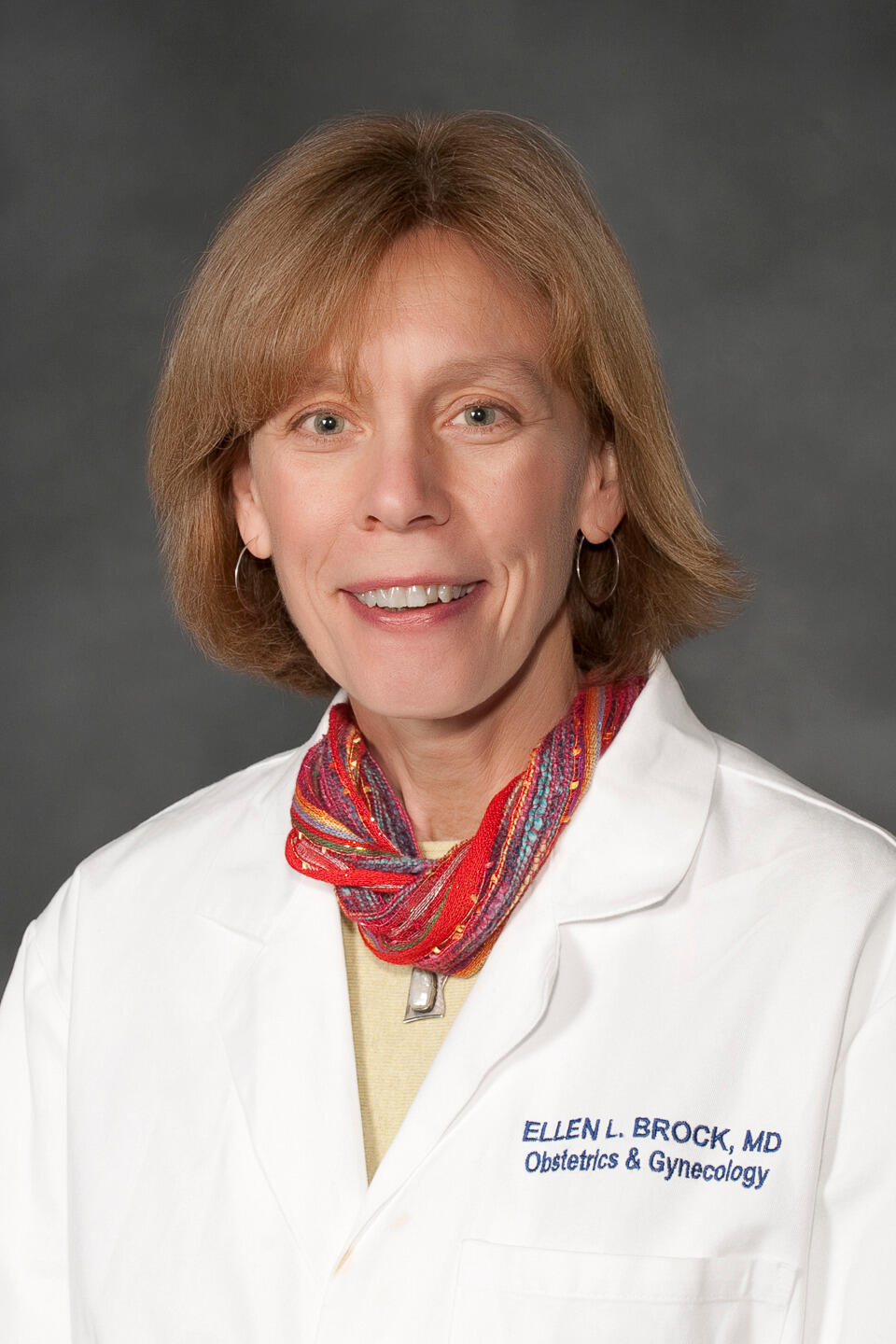
Jan. 12, 2016
VCU Center for Human Simulation and Patient Safety earns national accreditation
Share this story

The Virginia Commonwealth University Center for Human Simulation and Patient Safety was recently designated as a Comprehensive Accredited Education Institute by the American College of Surgeons.
The center, which is a collaboration between the VCU School of Medicine and VCU Health, conducts a diverse range of simulation-based training for students, residents, faculty and health system staff. Learners at the center practice procedural skills such as airway management, lumbar punctures and central line insertion in addition to integrative skills such as neonatal resuscitation and interprofessional team simulations. The center has been providing simulation-based training at VCU since 2008.
“Simulation-based education provides a different kind of learning than traditional lecture-based medical education,” said Ellen Brock, M.D., professor of obstetrics and gynecology and medical director of the center. “It is very experiential. It allows you to put thoughts into practice with feedback, which is a powerful way of learning.”
The overall goals of the ACS-AEI program are to promote patient safety through the use of simulation, develop new education and technologies, and identify and implement best practices in surgical education. In addition to externally validating the quality of work conducted at VCU, the accreditation offers the center participation in the AEI Consortium with other accredited institutions, as well as the opportunity to collaborate in areas of curriculum design, evaluation of educational outcomes and development of technologies for teaching.
“The accreditation provides us with a forum to network with other high-quality institutions around the country,” Brock said.
In 2013, the center moved to a 25,000-square-foot space on the ninth and 10th floors of the James W. and Frances G. McGlothlin Medical Education Center. On the ninth floor, the center houses four acute care simulation rooms, an operating room, an intensive care unit room and a large technical skills training room. The center houses the standardized patient program on the 10th floor, where more than 65 trained professional actors portray patients in professional encounters with medical school students in 16 outpatient exam rooms. Students have access to 32 work stations on that floor where they can look up information about patients before they see them and record their encounters in the patients’ medical records.
“This accreditation is an important recognition of the quality of our educational programs,” Brock said. “What it means for our learners is that the quality of the educational programs is consistently high.”
Subscribe to VCU News
Subscribe to VCU News at newsletter.vcu.edu and receive a selection of stories, videos, photos, news clips and event listings in your inbox.













